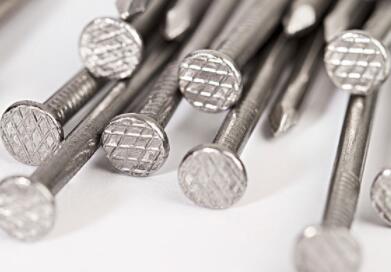The Advantages of Using Drywall Sanding Mesh
When it comes to finishing drywall, achieving a smooth surface is crucial for a professional-looking result. One of the most effective tools for this task is drywall sanding mesh. This material has gained popularity among DIY enthusiasts and professional contractors alike for its numerous advantages over traditional sandpaper. Here, we will delve into what drywall sanding mesh is, its benefits, and how to use it effectively.
What Is Drywall Sanding Mesh?
Drywall sanding mesh is a type of abrasive material used for smoothing and finishing drywall surfaces. Unlike traditional sandpaper, which consists of a paper backing coated with abrasive particles, sanding mesh features a mesh backing with openings that allow dust and debris to pass through. This unique design helps prevent clogging, making it a preferred choice for many.
Key Advantages of Drywall Sanding Mesh
1. Reduced Clogging One of the biggest complaints when using traditional sandpaper is clogging. As the abrasive material wears away, dust accumulates on the surface, making it less effective. Sanding mesh allows dust to escape through its openings, keeping the surface clear and maximizing its lifespan.
2. Versatility Drywall sanding mesh can be used on a variety of surfaces, including joint compound, plaster, and even painted surfaces. This versatility makes it an essential tool in any contractor's toolkit.
3. Consistent Results The mesh design enables an even sanding experience, ensuring a more uniform finish. This consistency is particularly important in drywall applications, where uneven surfaces can lead to visible flaws after painting.
4. Durability Sanding mesh is generally more durable than traditional sandpaper. It can withstand the wear and tear of sanding without breaking down quickly, offering cost savings in the long run.
5. Better Airflow The open design of sanding mesh promotes better airflow, which not only minimizes dust accumulation but also allows for efficient sanding. This can result in quicker project completion times, an attractive feature for any contractor or homeowner.
drywall sanding mesh

6. Less Dust Since the mesh design allows for effective dust removal, the amount of dust generated during sanding is significantly reduced. This not only creates a cleaner work environment but also minimizes respiratory risks, providing a healthier option for those working in confined spaces.
How to Use Drywall Sanding Mesh
Using drywall sanding mesh is relatively straightforward, but there are specific steps to follow to achieve the best results
1. Choose the Right Grit Sanding mesh comes in various grits, from coarse to fine. Start with a coarser grit for initial sanding and progress to finer grits for finishing.
2. Use the Appropriate Tool You can use sanding mesh with a hand sander or an electric sander. For large areas, an electric sander may be more efficient, while hand sanding allows for more control in tight spots.
3. Sand in a Circular Motion To avoid creating uneven surfaces, sand in a circular motion or follow the direction of the drywall seams.
4. Keep the Surface Clean Periodically wipe the surface with a damp cloth to remove dust accumulation. This helps to maintain visibility and effectiveness.
5. Inspect Regularly Frequently check your work to ensure an even finish. Take the time to sand areas that need extra attention.
Conclusion
In summary, drywall sanding mesh is an innovative solution that offers several distinct advantages over traditional sandpaper. Its ability to reduce clogging, enhance durability, and provide a cleaner work environment sets it apart. Whether you are a DIY enthusiast tackling a home improvement project or a seasoned contractor, integrating drywall sanding mesh into your workflow can lead to professional-quality results every time. Embracing this modern tool not only saves time and effort but also ensures a smooth finish that will leave your walls looking flawless.

















